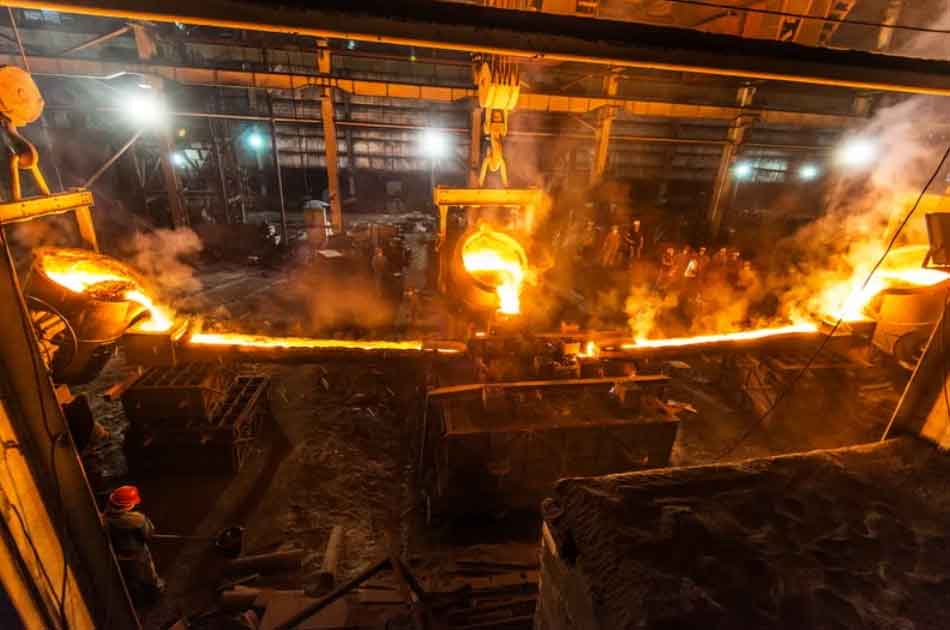Low alloy high strength steel is widely used in mechanical engineering, electric power, pressure vessel, automobile industry, mining machinery, oil ocean and other fields. It has ultra-high strength, good plastic toughness and good welding performance. According to the alloy element series, high-strength steel can be roughly divided into four categories:
1) Mn SI system: add a small amount of Cr, Ni, Mo and V on the basis of Mn Si, and the tensile strength is ≥ 600 MPa;
2) Mn Si Cr Ni Mo system: on the basis of Mn SI system, add a small amount of V, and the tensile strength is ≥ 700 MPa;
3) Mn Si Cr Ni Mo Cu V system: on the basis of Mn Si Cr Ni Mo system, a certain amount of B is added, and the tensile strength is ≥ 800MPa;
4) Superalloy system: on the basis of Mn Si Cr Ni Mo Cu V system, more Ni is added, with tensile strength ≥ 1000 MPa and good impact resistance.
At present, the common problems in the welding repair of low-alloy high-strength steel in the industry are: Cracking in the weld fusion zone, local softening in the heat affected zone, large hardness difference between the welding repair zone and the base metal zone, uneven hardness of steel castings and so on. In order to ensure that the welded joint has good crack resistance, the welding material with strength lower than the base metal can be selected for welding repair, that is, the principle of low strength matching. Although this method can ensure that the welded part has good plastic toughness and reduce the risk of cracking of the welded joint; However, this method causes the strength of the weld to be lower than that of the base metal, which can not ensure that the steel castings can be used under more severe working conditions. The gear ring steel castings studied belong to the 2nd ~ 3rd series of high-strength steel, which has the welding characteristics of ordinary low-alloy high-strength steel. As an important transmission component, the special working environment of the ring gear requires the ring gear not only to have high strength, but also to have high hardness. Especially for the open tooth part, it is not only required to have high hardness, but also uniform hardness. Because of the uneven hardness, the tooth surface of the ring gear will be worn to varying degrees in the later use process, which will eventually lead to the decline of gear transmission efficiency and even the risk of tooth breakage.
Gear ring steel castings belong to the core transmission parts of mining machinery. The main difficulties in the process of defect welding repair are: weld cracking, especially obvious cracking in heat affected zone, large hardness difference between welding repair zone and base metal and poor hardness uniformity; Especially after finishing the teeth, the hardness of the tooth groove decreases significantly compared with that of the tooth end face, that is, there is an obvious problem of hardness attenuation, which will occur in the weld and base metal.

